Tech Talk
Forum home - Go back to Tech talk
|
AWA Radiolett C87 advice
|
|
|
Return to top of page · Post #: 1 · Written at 7:05:22 PM on 2 September 2018.
|
|
|
|
Location: Laidley, QLD
Member since 16 September 2015 Member #: 1799 Postcount: 114 |
|
G'Day Folks. 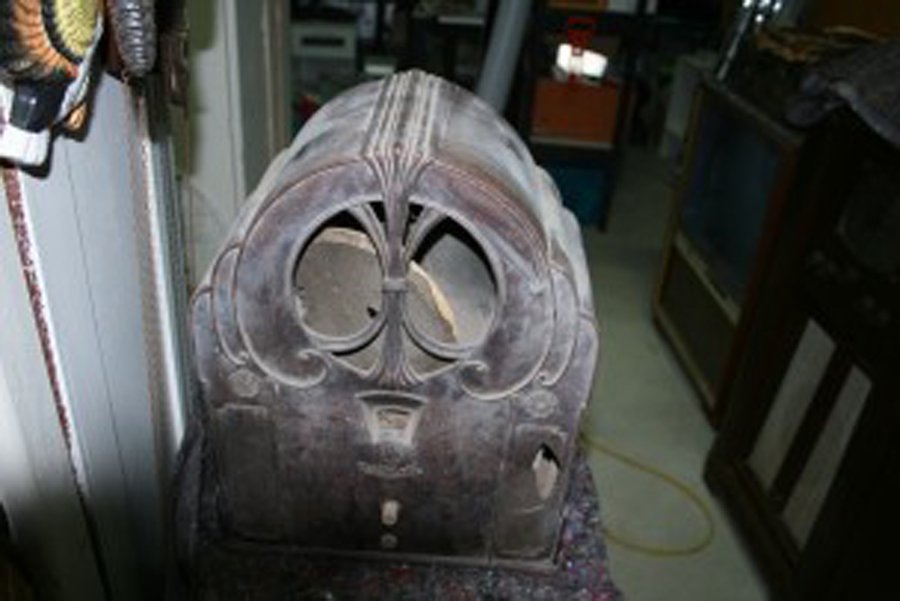 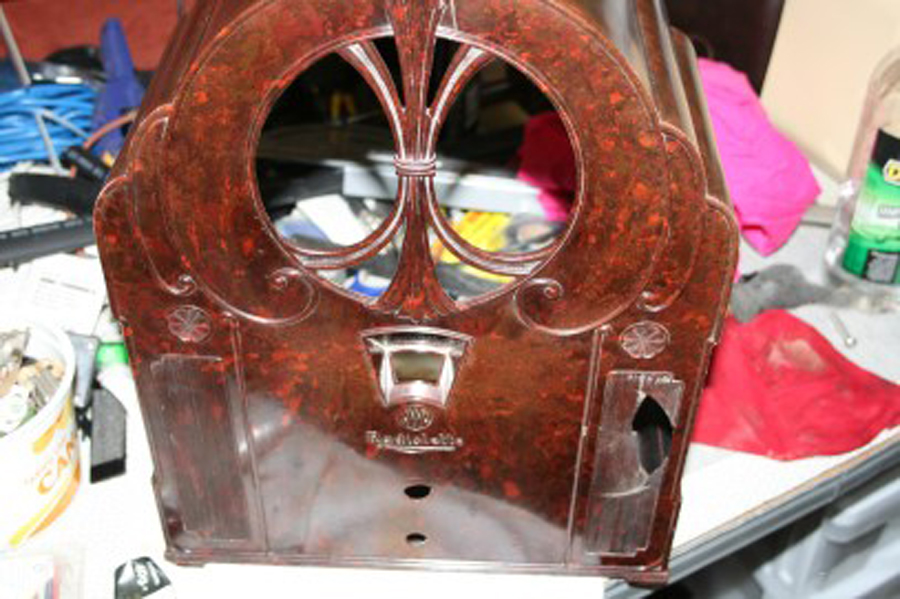 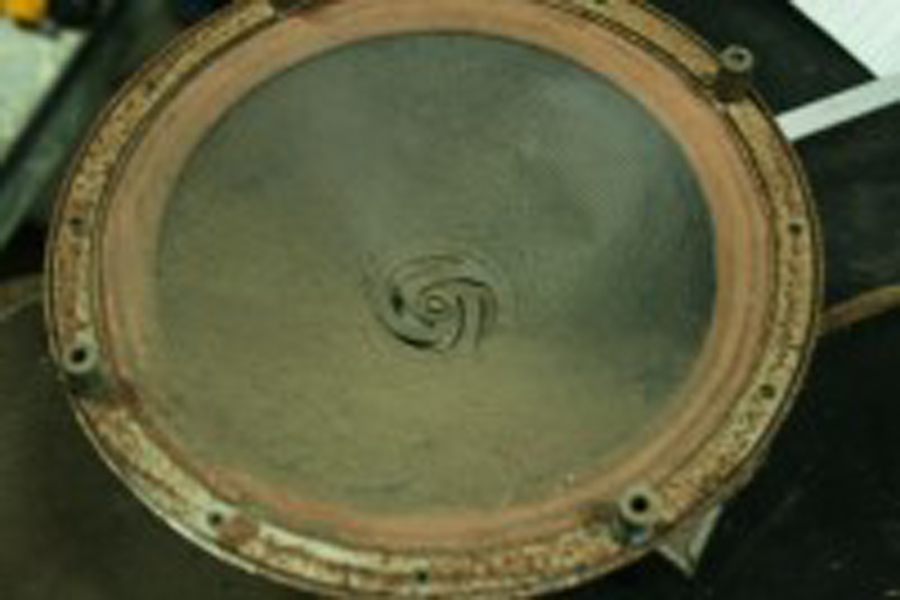 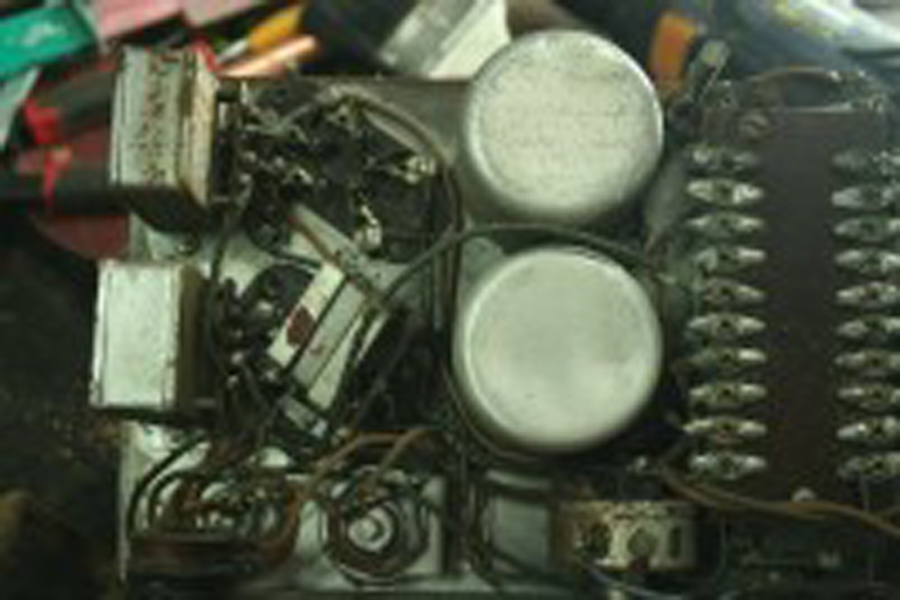 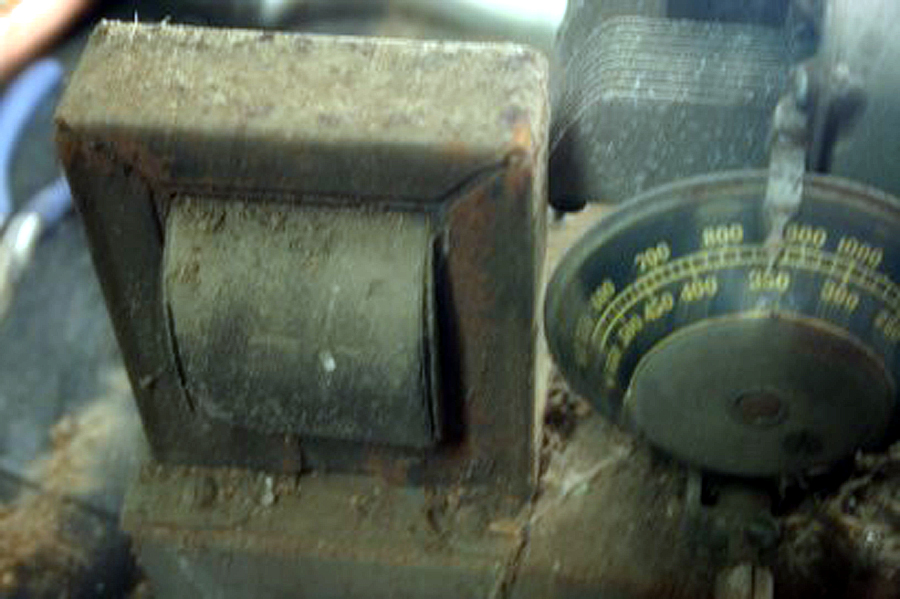 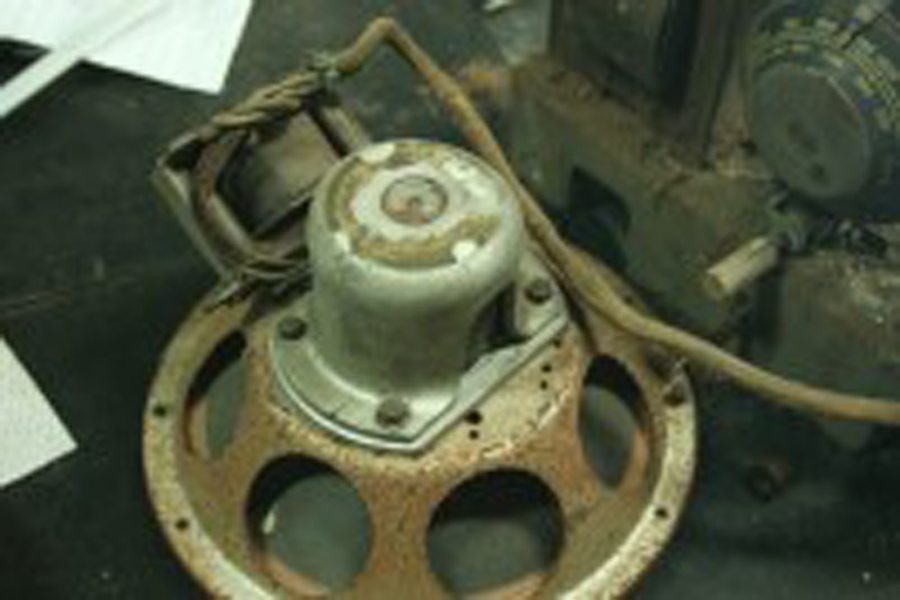 |
|
|
Return to top of page · Post #: 2 · Written at 2:43:47 PM on 5 September 2018.
|
|
|
|
Location: Brighton Le Sands, NSW
Member since 18 January 2016 Member #: 1860 Postcount: 9 |
|
Hi |
|
|
Return to top of page · Post #: 3 · Written at 4:37:42 PM on 5 September 2018.
|
|
|
|
Administrator
Location: Naremburn, NSW
Member since 15 November 2005 Member #: 1 Postcount: 7585 |
|
Photos uploaded. ‾‾‾‾‾‾‾‾‾‾‾‾‾‾‾‾‾‾‾‾‾‾‾‾‾‾‾‾‾‾‾‾‾‾‾‾‾‾‾‾‾‾‾‾‾‾‾‾‾‾‾‾‾‾‾‾‾‾‾‾‾‾‾‾‾‾‾‾ A valve a day keeps the transistor away... |
|
|
Return to top of page · Post #: 4 · Written at 4:45:10 PM on 5 September 2018.
|
|
|
|
Administrator
Location: Naremburn, NSW
Member since 15 November 2005 Member #: 1 Postcount: 7585 |
|
I'd concur with the restoration advice given above. The C87 is a true vintage classic and is definitely worth spending any amount of money on to put right. Whilst it'll always be a repaired radio, there wouldn't be too many collectors with the sort of money these radios are worth who still wouldn't buy it if it wasn't already in their collection - providing the repair is difficult or impossible to detect when the radio is displayed correctly. ‾‾‾‾‾‾‾‾‾‾‾‾‾‾‾‾‾‾‾‾‾‾‾‾‾‾‾‾‾‾‾‾‾‾‾‾‾‾‾‾‾‾‾‾‾‾‾‾‾‾‾‾‾‾‾‾‾‾‾‾‾‾‾‾‾‾‾‾ A valve a day keeps the transistor away... |
|
|
Return to top of page · Post #: 5 · Written at 8:06:06 PM on 5 September 2018.
|
|
|
|
Location: Laidley, QLD
Member since 16 September 2015 Member #: 1799 Postcount: 114 |
|
Many thanks, Brad and Scott. |
|
|
Return to top of page · Post #: 6 · Written at 8:23:10 PM on 5 September 2018.
|
|
|
|
Location: Wangaratta, VIC
Member since 21 February 2009 Member #: 438 Postcount: 5663 |
|
The biggest issue I see with those photos is that they have poor focus. Low f stops & auto focus are not your friend, in a job like this: Tripods are still useful. |
|
|
Return to top of page · Post #: 7 · Written at 8:51:32 PM on 5 September 2018.
|
|
|
|
Administrator
Location: Naremburn, NSW
Member since 15 November 2005 Member #: 1 Postcount: 7585 |
|
Brad, what is the best format to send pictures to you. ‾‾‾‾‾‾‾‾‾‾‾‾‾‾‾‾‾‾‾‾‾‾‾‾‾‾‾‾‾‾‾‾‾‾‾‾‾‾‾‾‾‾‾‾‾‾‾‾‾‾‾‾‾‾‾‾‾‾‾‾‾‾‾‾‾‾‾‾ A valve a day keeps the transistor away... |
|
|
Return to top of page · Post #: 8 · Written at 8:18:31 PM on 6 September 2018.
|
|
|
|
Location: Laidley, QLD
Member since 16 September 2015 Member #: 1799 Postcount: 114 |
|
Yes, I will have to improve the quality of the pictures, Marcc. |
|
|
Return to top of page · Post #: 9 · Written at 9:58:07 PM on 6 September 2018.
|
|
|
|
Location: Wangaratta, VIC
Member since 21 February 2009 Member #: 438 Postcount: 5663 |
|
Where a lot fall down is with a lack of understanding of "depth in field" the digital is a bit different, but if you look at lenses like the ones on my 'Zenza Bronica' these have lines distance & f stops marked on the barrel: These are not decoration. They actually tell you "what" either side of the optical focus, will be in focus. The higher is that f number, the greater that distance will be. Sometimes you need only the subject (e.g. flower) to be in focus (enhance) and not have the background impinging on it. |
|
|
Return to top of page · Post #: 10 · Written at 10:18:24 PM on 6 September 2018.
|
|
|
|
Administrator
Location: Naremburn, NSW
Member since 15 November 2005 Member #: 1 Postcount: 7585 |
|
I've had a Canon 7D since they were first released and a small collection of L Series lenses. Despite the fact that many phones now beat the 7D and similar models from Nikon, Olympus and Pentax for resolution, no phone can match a DSLR for depth of field and outright control of what's going on. ‾‾‾‾‾‾‾‾‾‾‾‾‾‾‾‾‾‾‾‾‾‾‾‾‾‾‾‾‾‾‾‾‾‾‾‾‾‾‾‾‾‾‾‾‾‾‾‾‾‾‾‾‾‾‾‾‾‾‾‾‾‾‾‾‾‾‾‾ A valve a day keeps the transistor away... |
|
|
Return to top of page · Post #: 11 · Written at 7:47:48 AM on 7 September 2018.
|
|
|
|
Location: NSW
Member since 10 June 2010 Member #: 681 Postcount: 1388 |
|
With cameras having the f-stop and focus distance visible on the lens barrel, it is possible to achieve maximum depth of field with acceptable definition by setting the infinity symbol at the f-stop chosen. This focuses at the hyperfocal distance. Everything from infinity to the distance opposite the other f-stop mark is in focus. At least this is the rule I was taught by the photographer when I was working. |
|
|
Return to top of page · Post #: 12 · Written at 9:57:44 AM on 7 September 2018.
|
|
|
|
Location: Wangaratta, VIC
Member since 21 February 2009 Member #: 438 Postcount: 5663 |
|
The shutter is actually a focusing device. If you "squint" That actually increases depth of field & focus, which is why that is a way of spotting eye problems. |
|
|
Return to top of page · Post #: 13 · Written at 12:42:21 PM on 7 September 2018.
|
|
|
|
Location: Laidley, QLD
Member since 16 September 2015 Member #: 1799 Postcount: 114 |
|
I think all of this photographic knowledge from years of exposure (pardon the pun), might rate a good write up and be a reference. |
|
|
Return to top of page · Post #: 14 · Written at 2:26:32 PM on 7 September 2018.
|
|
|
|
Location: NSW
Member since 10 June 2010 Member #: 681 Postcount: 1388 |
|
"normally it's a number of quick in situ shots, hand held, in auto focus and auto shoot" |
|
|
Return to top of page · Post #: 15 · Written at 3:53:25 PM on 7 September 2018.
|
|
|
|
Administrator
Location: Naremburn, NSW
Member since 15 November 2005 Member #: 1 Postcount: 7585 |
|
The problem with the flash on the 7D is that the lens hood gets in the road and creates a black arc shadow on the subject. I realise these means spending money but if flash photography is necessary a Speedlight flash would be a better pick. I prefer to avoid flash photography at all costs though. ‾‾‾‾‾‾‾‾‾‾‾‾‾‾‾‾‾‾‾‾‾‾‾‾‾‾‾‾‾‾‾‾‾‾‾‾‾‾‾‾‾‾‾‾‾‾‾‾‾‾‾‾‾‾‾‾‾‾‾‾‾‾‾‾‾‾‾‾ A valve a day keeps the transistor away... |
|
|
You need to be a member to post comments on this forum.
|
|

Sign In

Vintage Radio and Television is proudly brought to you by an era where things were built with pride and made to last.
DISCLAIMER: Valve radios and televisions contain voltages that can deliver lethal shocks. You should not attempt to work on a valve radio or other electrical appliances unless you know exactly what you are doing and have gained some experience with electronics and working around high voltages. The owner, administrators and staff of Vintage Radio & Television will accept no liability for any damage, injury or loss of life that comes as a result of your use or mis-use of information on this website. Please read our Safety Warning before using this website.
WARNING: Under no circumstances should you ever apply power to a vintage radio, television or other electrical appliance you have acquired without first having it checked and serviced by an experienced person. Also, at no time should any appliance be connected to an electricity supply if the power cord is damaged. If in doubt, do not apply power.
Shintara - Keepin' It Real · VileSilencer - Maintain The Rage
